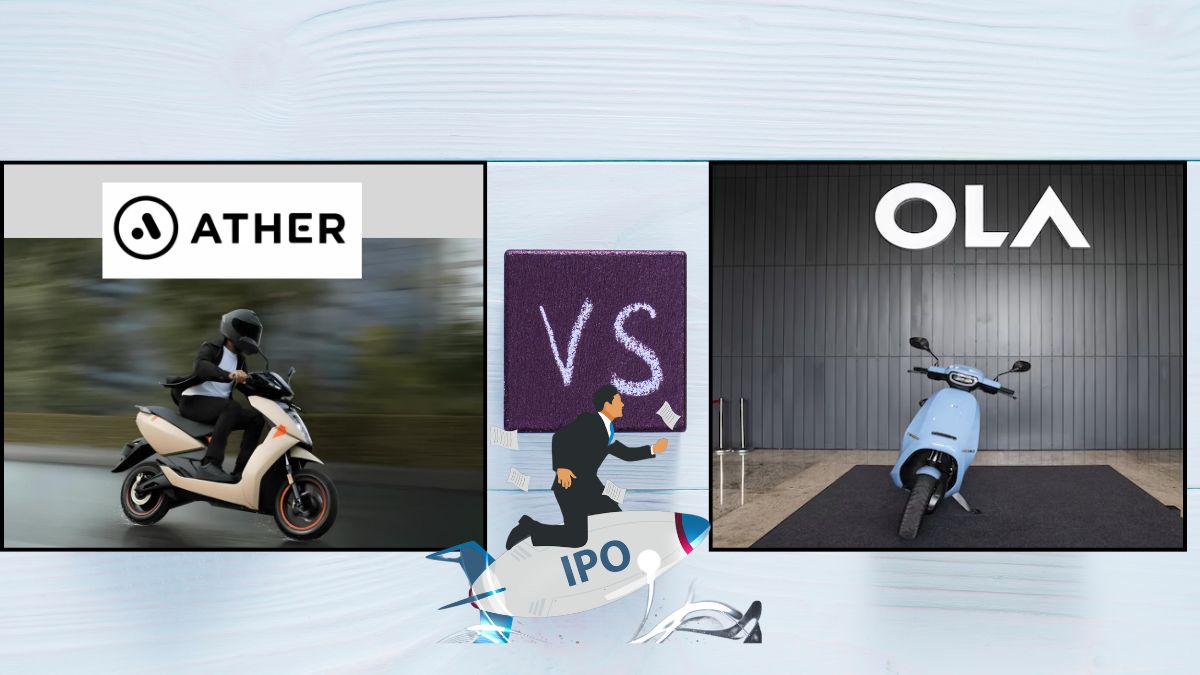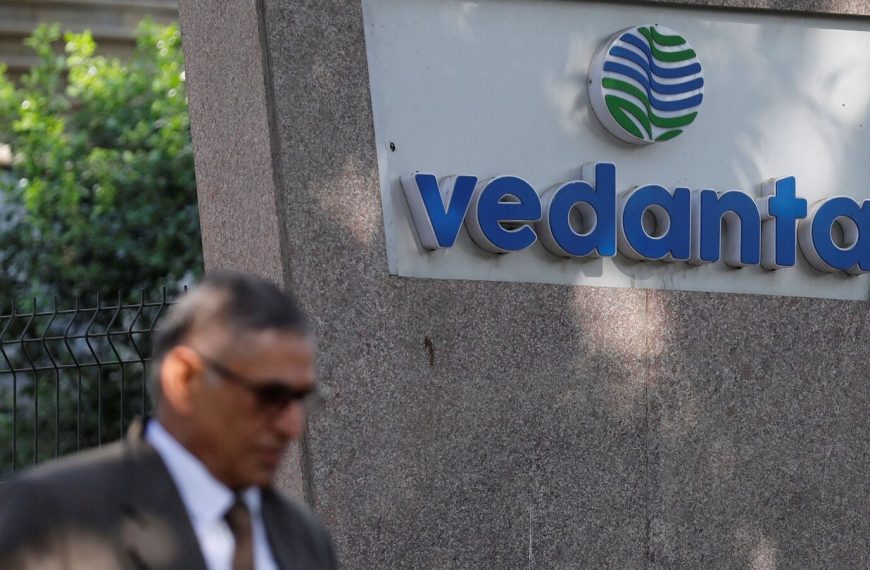India’s electric vehicle (EV) market is at a pivotal moment, showcasing two distinct paths taken by leading companies. Ola Electric burst onto the scene with a dynamic initial public offering (IPO) last year, while Ather Energy, known for its stylish electric scooters, is currently navigating a more measured approach. As Ather’s IPO enters its second day, the contrasting strategies of these two giants highlight shifting investor preferences in a rapidly evolving marketplace.
Ola Electric’s IPO Success: A Fast Start
In August 2024, Ola Electric made waves with its IPO, raising an impressive ₹6,145 crore and achieving a staggering 4.27 times oversubscription. The excitement surrounding its launch translated into a 20% price surge on its first day of trading. This strong performance set a high bar for competitors in the electric vehicle sector.
Conversely, Ather Energy opened its IPO on April 28, 2025, but it has taken a more cautious route. By Day 2 of its subscription, only a small portion of the IPO had been subscribed, indicating a stark difference in market reception compared to Ola Electric’s fervent debut.
Investor Interest: Different Approaches
Investor engagement tells a compelling story. Ola Electric attracted substantial interest from both institutional and retail investors, benefiting from significant foreign institutional investor (FII) participation. In contrast, Ather Energy’s IPO has seen notable enthusiasm from its employees, with their share being 1.78 times subscribed. However, retail and qualified institutional buyers (QIBs) have shown much less interest, applying for a mere 5,060 shares out of 2.89 crore available.
Business Models: Mass Market vs. Premium Focus
The business strategies of these two companies highlight their differing market approaches. Ola Electric has established itself as a mass-market player, leveraging its expansive gigafactory to produce a variety of electric two-wheelers. Plans for over 20 new models by 2027 further underscore its commitment to scaling up production.
In contrast, Ather Energy has carved out a niche in the premium segment, focusing on high-end electric scooters with advanced technology and sleek designs. Their latest model, the Ather Rizta, targets families but still aligns with a premium pricing strategy that sets it apart from competitors.
Financial Performance: Navigating Losses
Both companies are grappling with financial challenges. In FY24, Ola Electric reported a net loss of ₹1,584 crore, despite achieving a notable 90% year-on-year revenue growth and improved margins in the third quarter of FY25. On the other hand, Ather Energy faced losses amounting to ₹1,059 crore during the same period, with uncertainty surrounding its path to profitability, particularly given its high 6x EV-to-sales valuation and reliance on imported components.
Future Outlook: Long-Term Investments or Quick Profits?
Investors are viewing Ather Energy’s IPO as a long-term investment in India’s urban electric future, emphasizing innovation and design. As the bidding continues into day two, analysts are divided—some suggest subscribing for potential listing gains, while others caution against potential overvaluation. The grey market premium (GMP) remains flat at ₹1, reflecting a cautious sentiment among investors.
Ola Electric, despite experiencing some post-listing challenges, enjoys the advantage of being a first mover in this burgeoning market. However, it has also faced scrutiny, particularly regarding its after-sales services. As both companies navigate their journeys, the contrasting strategies and investor responses provide valuable insights into the future of electric mobility in India.











